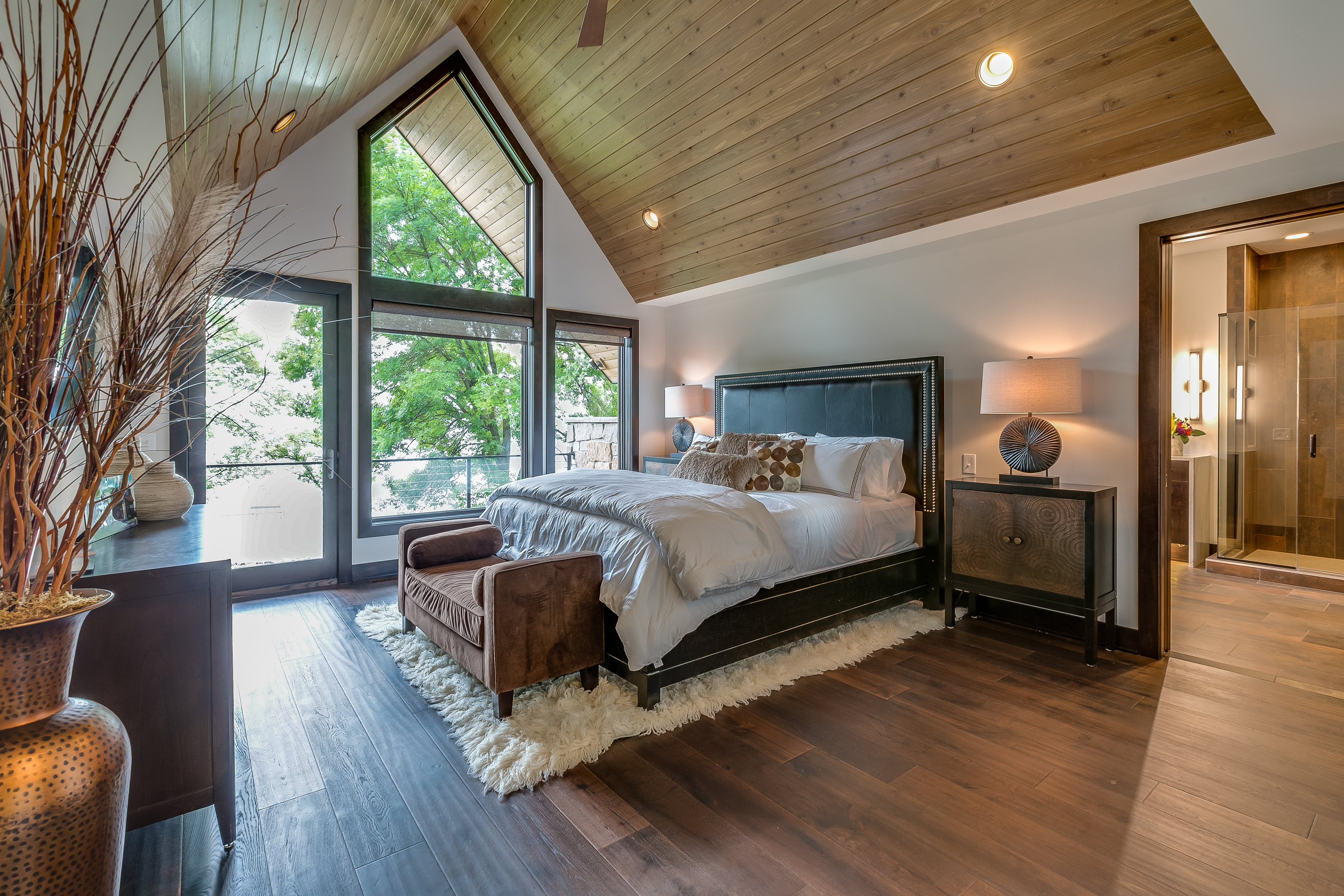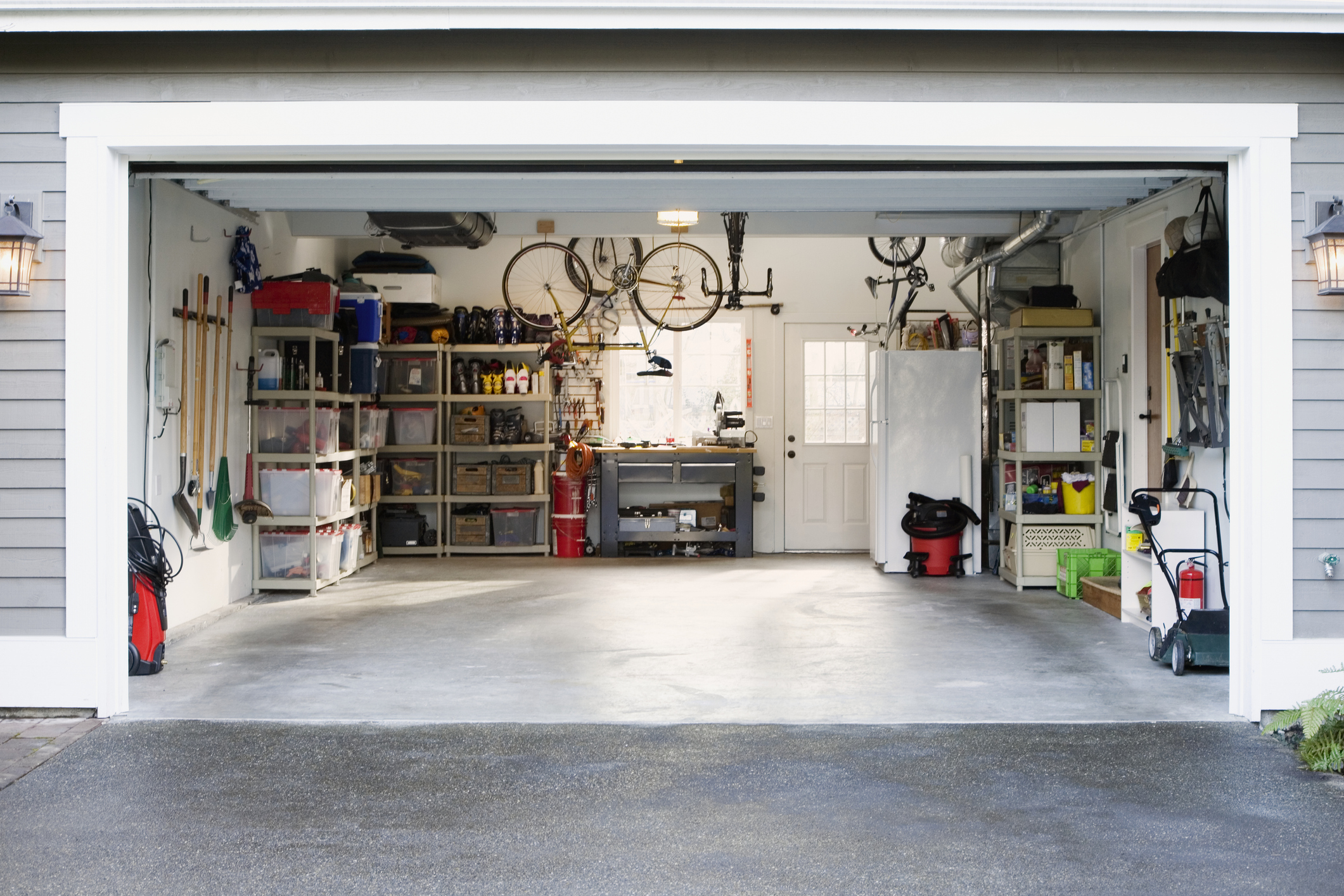As your family grows, your lifestyle changes, or your needs evolve, you may find yourself in need of more space in your home. Moving to a larger home is one option, but it can be an expensive and time-consuming process. Another more practical solution is to consider adding onto your existing home. Whether you need an extra bedroom, a larger kitchen, or a new family room, a home addition can be a great way to expand your living space and raise the value of your house. However, with so many different options available today, it can be overwhelming to decide which one is best for your needs. In this guide, we’ll explore the various types of home additions, their advantages and disadvantages, and some tips to help you make an informed decision.
Room Addition
 A room addition is the most straightforward type of home addition, involving adding a new room onto your existing home. This can be a great option if you need more space for a growing family, a home office, or a dedicated workout space. Pros of a room addition include:
A room addition is the most straightforward type of home addition, involving adding a new room onto your existing home. This can be a great option if you need more space for a growing family, a home office, or a dedicated workout space. Pros of a room addition include:
Pros:
- Adding value to your home
- More space for your family
- Increased functionality
- Design flexibility
Cons:
- Can be expensive
- Requires building permits and inspections
- May disrupt your daily routine
- Could take several months to complete
Second Story Addition
If you have limited space on your property, a second story addition can be a smart solution. This option involves adding an additional level onto your existing home, which can provide more living space without taking up additional yard space. Pros of a second story addition include:
Pros:
- Adds significant value to your home
- More space without using up yard space
- Improved views and natural light
- Greater privacy
Cons:
- Can be expensive
- Requires a strong foundation and structural reinforcement
- May require additional plumbing and electrical work
- Could disrupt your daily routine for several months
Bump-Out Addition
 A bump-out addition involves extending an existing room outwards, creating additional square footage without the need for a full-scale addition. This is a popular option for homeowners who want to add a little extra space to a kitchen, living room, or bedroom. Pros of a bump-out addition include:
A bump-out addition involves extending an existing room outwards, creating additional square footage without the need for a full-scale addition. This is a popular option for homeowners who want to add a little extra space to a kitchen, living room, or bedroom. Pros of a bump-out addition include:
Pros:
- Adds space without major construction
- Affordable option compared to other additions
- Can be completed in a shorter timeframe
- Increased natural light and improved ventilation
Cons:
- Limited in terms of additional space added
- May require additional plumbing and electrical work
- Could affect the exterior aesthetics of your home
Sunroom Addition
A sunroom addition is a great option for homeowners who want to enjoy the outdoors without being exposed to the elements. This type of addition can provide additional living space while also providing a sunny, bright area for relaxation. Pros of a sunroom addition include:
Pros:
- Adds value to your home
- Creates a versatile space for relaxation and entertainment
- Increased natural light and ventilation
- Energy-efficient options available
Cons:
- Can be expensive
- Requires additional heating and cooling
- May require additional foundation work
- Could take several months to complete
Garage Conversion
 If you have an attached or detached garage that you’re not using, converting it into living space can be an excellent option. This is a popular option for homeowners who need additional space for a home office, gym, or guest bedroom. Pros of a garage conversion include:
If you have an attached or detached garage that you’re not using, converting it into living space can be an excellent option. This is a popular option for homeowners who need additional space for a home office, gym, or guest bedroom. Pros of a garage conversion include:
Pros:
- Cost-effective compared to other additions
- No need for additional foundation work
- Adds significant value to your home
- Increased flexibility in terms of use
Cons:
- Requires a building permit and inspections
- May require additional plumbing and electrical work
- Could affect the exterior aesthetics of your home
- Limited in terms of additional space added
In conclusion, there are many options available to homeowners when it comes to home additions. Each option comes with its pros and cons, so it’s essential to evaluate your needs and budget carefully. Consider consulting with a professional contractor or architect to determine the best option for your home and your lifestyle.


